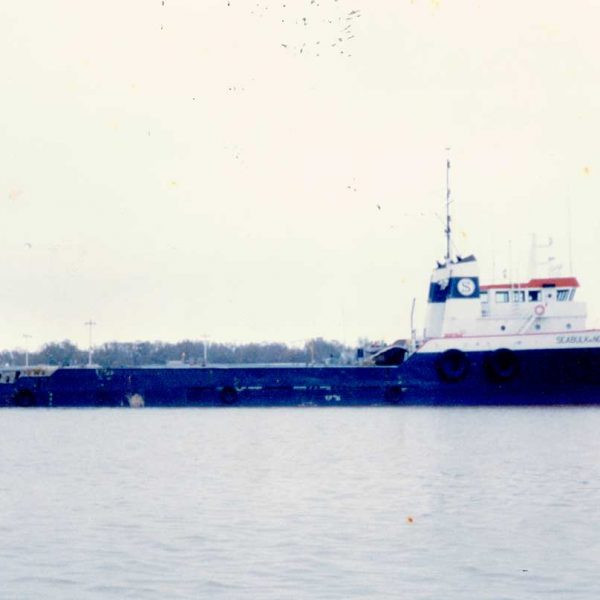Part 28: Water Water Everywhere – All the Men In the Sea, The Untold Story of One of the Greatest Rescues in History

Bring it With You
On deck Ray Pepperday was standing with Ricky Perez, a dive tender, when Danny Miller, the vessel’s electrician, came up from below. Ricky told him, “You look like you’ve been through the ringer.” Danny nodded. “It ain’t gonna be long before we lose the generator room. We can’t stop the water comin’ in.” With that Danny wiped the sweat off his forehead and went below again. Sure now that the 269 was going down, Ricky ran back to his room one last time and a few minutes later came back with a briefcase containing his valuables. Superintendent Lobb happened to see him and said, ‘Well, you can forget bringing that with ya.” Undaunted, Ricky produced a Ziploc bag, put his money, watch, and passport in it, and taped it to his body with gaffer’s tape.
Below deck some of the barge’s crew still toiled to keep the pumps running, but to no avail. Water in the spaces adjacent to the transom had reached the ceiling, and water gushed through the hatch in the deck of the TV room directly above. Water then began spreading like an uncontrollable plague into the other living spaces. With no watertight doors on the quarters deck, the spread of the flooding now could not be stopped.

No abandon ship alarm was ever given. However no alarm was needed. Courtesy Tim Noble
Bright Green Flames
At 1615 the 269‘s radio operators sent what turned out to be the final distress message. It was transmitted to C.C.C. headquarters in Carmen and to Pemex Offshore. It informed the recipients that Derrick Lay Barge 269 was in imminent danger of sinking. It gave her position and the fact that approximately 245 men were onboard and that two tugs were standing off to help when needed. It requested the assistance of any vessels in the vicinity. No Mayday, the international signal of a vessel in distress, was ever received by the U.S. Coast Guard or other authorities. The radio operators had just sent this message when suddenly their transmitters went dead: the water level had finally reached the generators, and immediately there was no more power. Radios, pumps, and all but emergency lighting went out. The shorting of the generators had also started a fire in the generator room. A cloud of smoke along with bluish and bright-green flames poured out of the generator-room ventilators.
Those on deck heard popping, like firecrackers going off, from the shorted generators. Then, in place of the omnipresent generator hum that had been their companion for every waking hour on the 269 and in place of the constant roar of the pump motors—there was silence. All the men now knew they were going down.
Submerged
The crew of the Captain John had watched intently as the 269 lost her last towline, her bow anchors, and then her stern anchors. With the barge’s stern settling into the sea, waves were breaking on top of her with devastating effect. Sometimes a wave loomed over her, then crashed not just on the afterdeck, which was all but submerged, but over the top of the tower, which was nearly 30 feet above deck. The tower, along with the entire aft end of the barge, was getting smashed with regularity.
Robert Trosclair watched the disaster unfold from his position at the helm of the tug. At this point he gave the conn to his first mate while he talked to Chuck Denning in Morgan City. With the loss of power on the 269, the Captain John and the North Carolina were the only means of communication, although Richard Lobb could still talk to the tugs with a handheld radio. Robert told his boss that they had better find as much help as they could, because in his opinion the 269 was on her way down.

